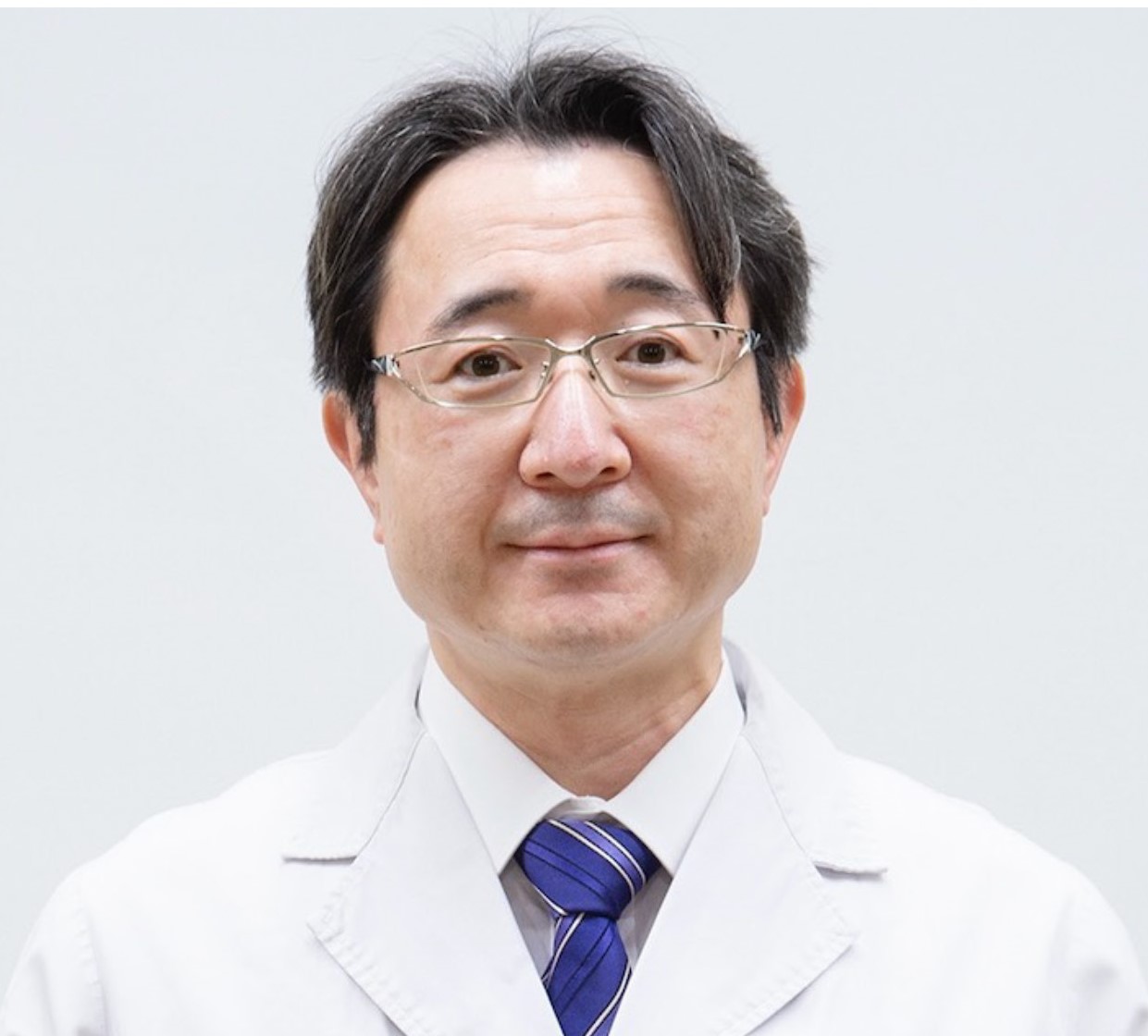Clyde Thornsberry
Dr Thornsberry began by pointing out that the percentage of Haemophilus influenzae strains which produced beta-lactamase varied greatly from 5.6% in China to 60.7% in South Korea. European values also ranged greatly, although none were as high as the Asian values.
The incidence of H. influenzae resistant to ampicillin generally reflects the incidence of beta-lactamase production. Thus, the ampicillin-resistance rate in Brazil is 10.6%, but 60.3% in South Korea. Trimethoprim sulfamethoxazole resistance is becoming more apparent, with a number of countries now reporting rates of more than 40%. There were no strains of H. influenzae resistant to levofloxacin or ceftriaxone.
Resistance to penicillin among Streptococcus pneumoniae isolates revealed great differences between countries in terms of intermediate and high-level resistance rates. Brazil has a high-level penicillin resistance rate of only 2.9%, while this is 16% in the US. South Korea has the highest rate at a staggering 70.2%. European data reveals Germany once again to have a very low rate for high-level resistance, but this level rapidly climbs to 28.7% in France. Overall, penicillin resistance ranged from 5.9% in Germany to 87.6% in South Korea.
Unlike H. influenzae, S. pneumoniae exhibits resistance to ceftriaxone ranging from 0.9% in Germany to 64.7% in South Korea. Resistance to azithromycin was lowest in Brazil at 5.1%, rising to 70.9% in Hong Kong and 89.9% in South Korea. Most European countries also have high resistance rates. There was also noted resistance to trimethoprim sulfamethoxazole–up to 77.8% in South Korea. Only sporadic isolates resistant to levofloxacin were noted with most having rates below 1%. Although 8% of S. pneumoniae in Hong Kong were shown to be resistant to levofloxacin, further analysis revealed this to be clonal in nature.
Globally 93.3% of Moraxella catarrhalis isolates produce beta-lactamase. Therefore, clinicians can assume that all M. catarrhalis isolates are resistant to penicillin while generally maintaining susceptibility to other drugs. As a result, whenever it is identified as the causative pathogen, it could be treated with either a fluoroquinolone or other non-penicillin antimicrobial or a beta-lactamase inhibitor combination.









